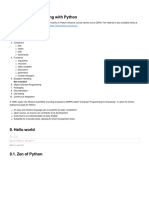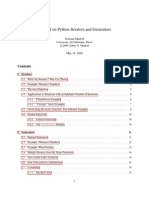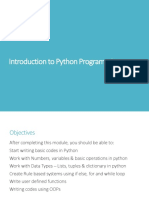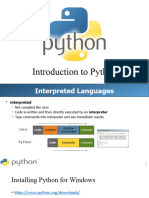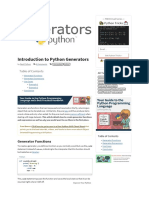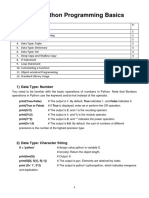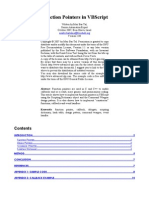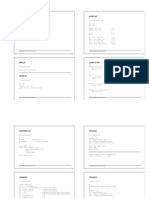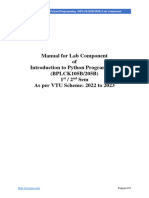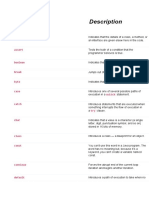0% found this document useful (0 votes)
23 views44 pagesA2SV Group 5 Python Track - Built-In Functions and Classes
The document provides an overview of Python programming concepts, focusing on classes, iterators, generators, collections, and built-in functions. It includes examples of class creation, the use of iterators and generators, and various container types from the collections module. Additionally, it highlights common pitfalls and best practices for effective Python coding.
Uploaded by
remidan37Copyright
© © All Rights Reserved
We take content rights seriously. If you suspect this is your content, claim it here.
Available Formats
Download as PDF, TXT or read online on Scribd
0% found this document useful (0 votes)
23 views44 pagesA2SV Group 5 Python Track - Built-In Functions and Classes
The document provides an overview of Python programming concepts, focusing on classes, iterators, generators, collections, and built-in functions. It includes examples of class creation, the use of iterators and generators, and various container types from the collections module. Additionally, it highlights common pitfalls and best practices for effective Python coding.
Uploaded by
remidan37Copyright
© © All Rights Reserved
We take content rights seriously. If you suspect this is your content, claim it here.
Available Formats
Download as PDF, TXT or read online on Scribd
/ 44


